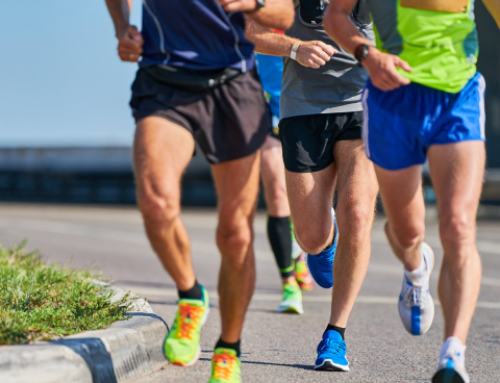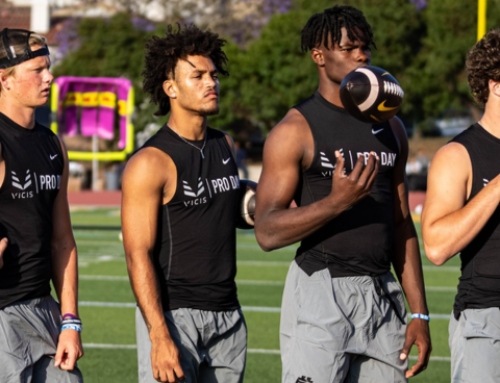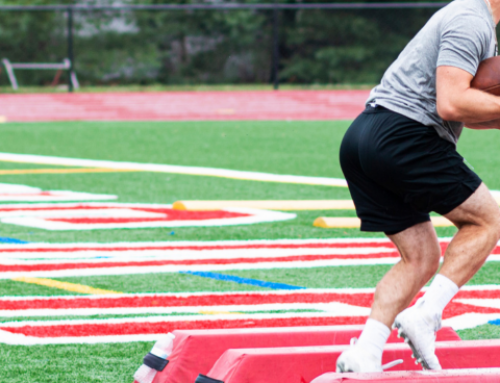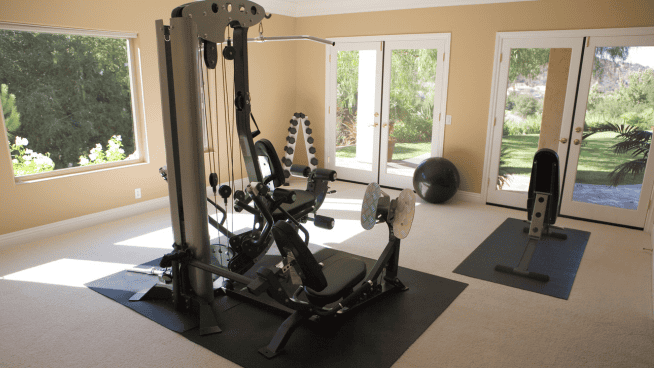3 Drills Every Defensive Back Needs to Train With
Often a team’s last line of defense, defensive backs are indispensable. Their major function is to cover fast receivers and stop plays that slipped past the linebackers. They need to be extremely fast sprinters with the ability to change direction on a dime. (Read more on STACK’S Defensive Back page.)
Develop speed and footwork with the following three drills, which every defensive back needs train with. Perform them three to five times during your speed and agility workouts. The first two involve specific movement patterns: backpedaling and turning with a pivot.
- Backpedaling. Remember to push your hips back and keep your center of gravity low. Pick up your feet as you move backwards and swing your arms. (Backpedaling Basics)
- Turning. Always turn towards the receiver so that he does not disappear on you. To turn, pivot off the outside foot and step around with the inside foot. This motion is really important. Trying to turn on a planted foot means that the lower leg and upper leg are moving in different directions, risking a severe knee injury. (Run Backward Faster)
Turn and Sprint
This drill teaches a defensive back how to backpedal, turn on a dime and sprint fast after a receiver. Use it three to five times as part of your warm-up, gradually increasing speed.
Set-up: three cones in a line—cone one at the start line, cone two five yards ahead, and cone three ten yards ahead of cone two.
To perform:
- Get into two-point stance beside cone one, facing away from the course
- Push hips back, get low and backpedal to cone two
- Plant outside foot and pivot
- As you pivot, turn and step around with inside foot (if you are turning to the right, your left foot is the outside foot and your right foot is the inside foot)
- From that position, drive back knee forward and sprint through cone three
Stay With the Receiver
This is a simple drill to help teach speed and footwork.
Set up: four cones set up as illustrated.
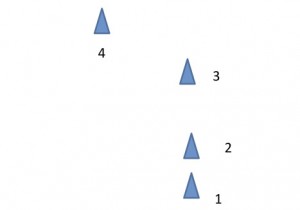
Cover the Receiver
- Get into two-point stance beside cone one (cone two should be behind you)
- Backpedal to cone two
- Turn around cone two and sprint to cone three
- Cut and sprint to cone four
To add difficulty, perform with a partner who acts as the receiver and forces you to conform to his route running. Also, you can have a third person put the ball in the air as both you and your partner near cone four. This will give you something to sprint and jump for. (See Four-Cone Backpedal and Break Drill With Devin and Jason McCourty.)
Stop the Run
This drill assumes that the defensive back did his job and covered his receiver, but someone got loose and could run for a touchdown. Keep that from happening by improving your ability to change direction, react and accelerate.
Set up: five cones as illustrated.

Stop the Run Drill
- Get into two-point stance beside cone one (cone two should be behind you)
- Backpedal to cone two
- Turn around cone two and sprint to cone three
- Cut and sprint to cone four
- Turn on the gas and sprint as fast as possible to cone five
To add difficulty, have a partner line up next to cone four. When you reach cone four, have partner take off running towards cone five and try to catch him.
Looking to get recruited? Top 5 Attributes College Coaches Look For In a Defensive Back.
RECOMMENDED FOR YOU
3 Drills Every Defensive Back Needs to Train With
Often a team’s last line of defense, defensive backs are indispensable. Their major function is to cover fast receivers and stop plays that slipped past the linebackers. They need to be extremely fast sprinters with the ability to change direction on a dime. (Read more on STACK’S Defensive Back page.)
Develop speed and footwork with the following three drills, which every defensive back needs train with. Perform them three to five times during your speed and agility workouts. The first two involve specific movement patterns: backpedaling and turning with a pivot.
- Backpedaling. Remember to push your hips back and keep your center of gravity low. Pick up your feet as you move backwards and swing your arms. (Backpedaling Basics)
- Turning. Always turn towards the receiver so that he does not disappear on you. To turn, pivot off the outside foot and step around with the inside foot. This motion is really important. Trying to turn on a planted foot means that the lower leg and upper leg are moving in different directions, risking a severe knee injury. (Run Backward Faster)
Turn and Sprint
This drill teaches a defensive back how to backpedal, turn on a dime and sprint fast after a receiver. Use it three to five times as part of your warm-up, gradually increasing speed.
Set-up: three cones in a line—cone one at the start line, cone two five yards ahead, and cone three ten yards ahead of cone two.
To perform:
- Get into two-point stance beside cone one, facing away from the course
- Push hips back, get low and backpedal to cone two
- Plant outside foot and pivot
- As you pivot, turn and step around with inside foot (if you are turning to the right, your left foot is the outside foot and your right foot is the inside foot)
- From that position, drive back knee forward and sprint through cone three
Stay With the Receiver
This is a simple drill to help teach speed and footwork.
Set up: four cones set up as illustrated.

Cover the Receiver
- Get into two-point stance beside cone one (cone two should be behind you)
- Backpedal to cone two
- Turn around cone two and sprint to cone three
- Cut and sprint to cone four
To add difficulty, perform with a partner who acts as the receiver and forces you to conform to his route running. Also, you can have a third person put the ball in the air as both you and your partner near cone four. This will give you something to sprint and jump for. (See Four-Cone Backpedal and Break Drill With Devin and Jason McCourty.)
Stop the Run
This drill assumes that the defensive back did his job and covered his receiver, but someone got loose and could run for a touchdown. Keep that from happening by improving your ability to change direction, react and accelerate.
Set up: five cones as illustrated.

Stop the Run Drill
- Get into two-point stance beside cone one (cone two should be behind you)
- Backpedal to cone two
- Turn around cone two and sprint to cone three
- Cut and sprint to cone four
- Turn on the gas and sprint as fast as possible to cone five
To add difficulty, have a partner line up next to cone four. When you reach cone four, have partner take off running towards cone five and try to catch him.
Looking to get recruited? Top 5 Attributes College Coaches Look For In a Defensive Back.


